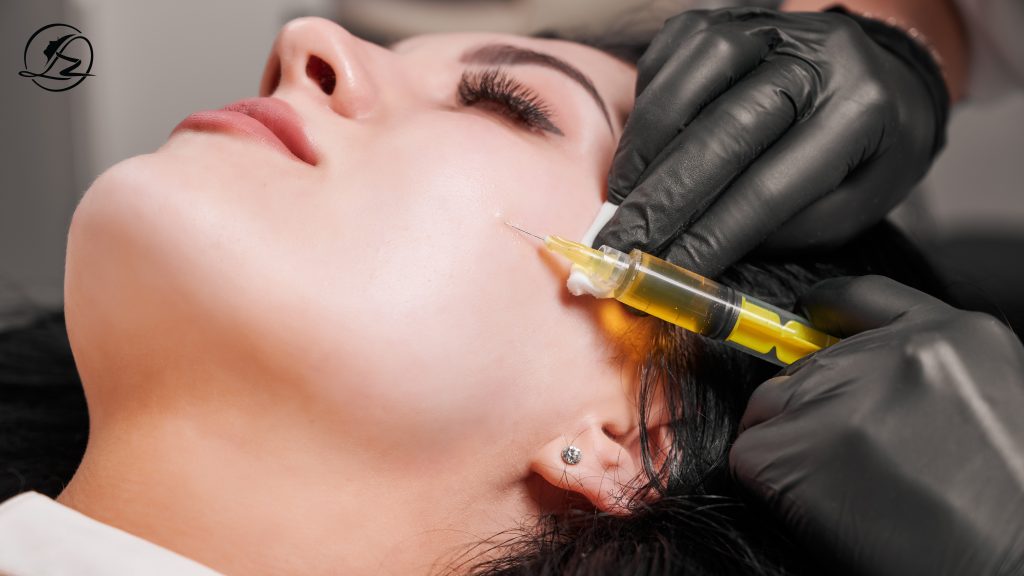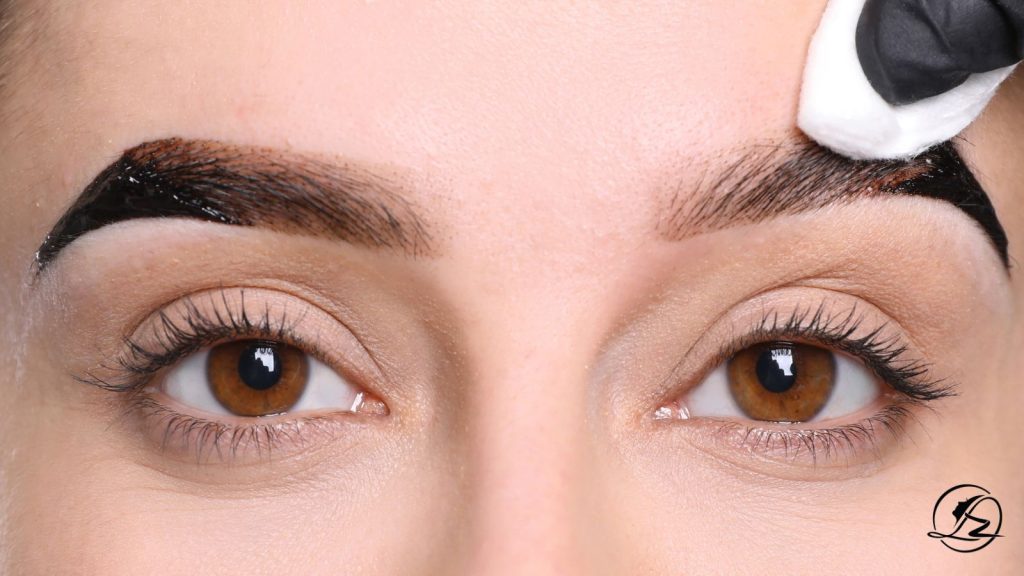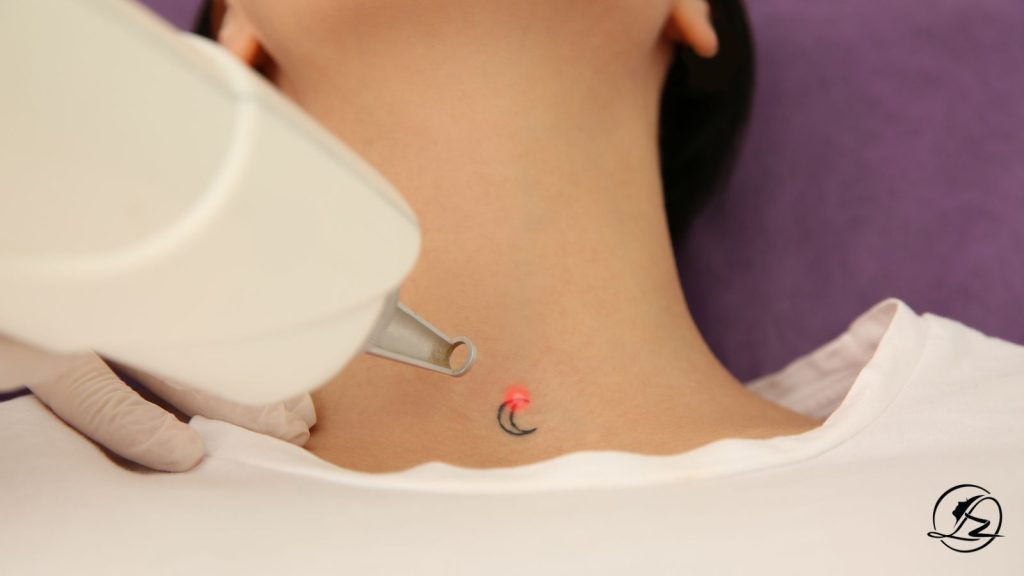Hair loss is a common concern affecting millions worldwide. Among various treatments, Platelet-Rich Plasma (PRP) therapy has gained attention for its potential to stimulate hair growth. But does PRP work for hair growth? This article delves into the science behind PRP, its effectiveness, and what you can expect from the treatment.
Table of Contents
ToggleUnderstanding PRP Therapy
PRP therapy involves drawing a small amount of your blood, processing it to concentrate the platelets, and injecting this platelet-rich plasma into your scalp. Platelets contain growth factors that can stimulate hair follicles, potentially promoting hair growth and thickness.
How Does PRP Stimulate Hair Growth?
The growth factors in PRP are believed to:
- Increase blood supply to hair follicles
- Enhance the thickness of the hair shaft
- Trigger and maintain the growth phase of the hair cycle
- Control hair growth cycle duration
By rejuvenating inactive hair follicles, PRP may encourage new hair growth and improve hair density.
Effectiveness of PRP for Hair Growth
Several studies have explored the efficacy of PRP in treating hair loss:
- A 2014 study reported a 20.5% increase in hair count three months after the first PRP treatment, with hair thickness improving by 31.3%.
- A 2020 review found that PRP may help increase hair thickness and density.
- A 2022 review suggested that PRP may stimulate hair growth and protect hair follicles from premature shedding.
These findings indicate that PRP therapy can be effective, especially for individuals with androgenetic alopecia (pattern baldness).
Who Can Benefit from PRP Therapy?
PRP therapy may be suitable for:
- Individuals with early hair loss
- Men and women experiencing thinning hair
- Patients with androgenetic alopecia
- Those who have not responded well to other treatments
However, PRP may be less effective for individuals with extensive hair loss or scarring alopecia.
The PRP Treatment Process
1. Consultation
A medical professional evaluates your hair loss condition and determines if PRP is appropriate for you.
2. Blood Draw
A small amount of blood is drawn from your arm.
3. Centrifugation
The blood is placed in a centrifuge to separate the platelet-rich plasma from other components.
4. Injection
The concentrated PRP is injected into targeted areas of your scalp.
5. Post-Treatment Care
You may experience mild discomfort or redness, which typically subsides within a day.
Treatment Schedule and Maintenance
A typical PRP treatment plan includes:
- Initial Phase: 3–4 sessions spaced 4–6 weeks apart
- Maintenance Phase: Follow-up treatments every 6–12 months
Consistency is key to achieving and maintaining optimal results.
Combining PRP with Other Treatments
For enhanced effectiveness, PRP therapy can be combined with:
- Minoxidil: A topical solution that promotes hair growth
- Finasteride: An oral medication that slows hair loss
- Low-Level Laser Therapy (LLLT): A treatment that stimulates hair follicles
Combining therapies may yield better results than PRP alone.
Potential Side Effects
PRP therapy is generally safe, but some individuals may experience:
- Mild pain at injection sites
- Scalp tenderness
- Swelling or redness
- Itching
These side effects are usually temporary and resolve within a few days.
Cost Considerations
The cost of PRP therapy varies depending on location, provider, and the number of sessions required. On average, a single session may cost between PKR and PKR. Since PRP is considered a cosmetic procedure, it’s typically not covered by insurance.
Summary Table: PRP Therapy for Hair Growth
Aspect | Details |
Procedure Time | Approximately 60–90 minutes |
Number of Sessions | 3–4 initial sessions, maintenance as needed |
Recovery Time | Minimal; resume normal activities same day |
Side Effects | Mild pain, redness, swelling |
Effectiveness | Varies; generally positive for early hair loss |
Cost per Session | |
Insurance Coverage | Typically not covered |
Conclusion
PRP therapy has emerged as a promising treatment for hair loss, particularly in the early stages. By utilizing your body’s natural growth factors, PRP can stimulate hair follicles, leading to increased hair density and thickness. While results may vary, many individuals experience noticeable improvements after a series of treatments.
Considering PRP therapy for hair restoration? Schedule a consultation with our clinic to determine if this treatment is right for you.
Frequently Asked Questions (FAQs)
Does PRP work for hair growth in all individuals?
PRP therapy is most effective for individuals with early-stage hair loss. Its efficacy may be limited in cases of extensive baldness or scarring alopecia.
How soon can I expect results from PRP therapy?
Some patients notice improvements within a few weeks, but optimal results typically appear after 3–6 months.
Is PRP therapy painful?
Most patients experience minimal discomfort during the procedure. Topical anesthetics can be applied to reduce any pain.
Are there any risks associated with PRP therapy?
PRP is generally safe since it uses your own blood. However, minor side effects like redness, swelling, or tenderness may occur.
Can PRP therapy be combined with other hair loss treatments?
Yes, combining PRP with treatments like minoxidil or finasteride may enhance results. Consult with your healthcare provider for a personalized plan.
For personalized advice and treatment plans, consult with a certified dermatologist or hair restoration specialist.



